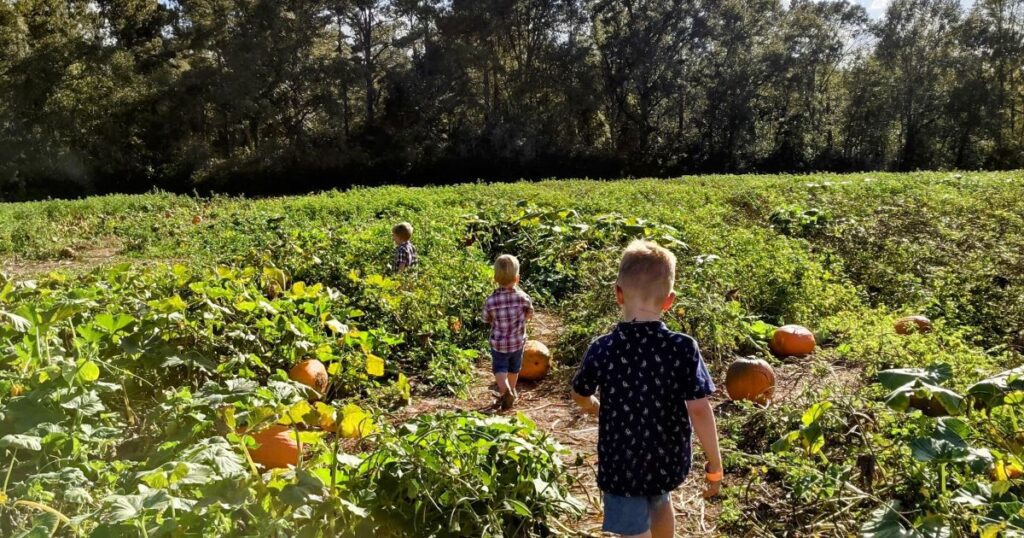
Homeschooling Year Round
Top 4 reasons why it’s the best and how we make it work.
— June 2, 2024
The beauty of homeschool is that we do not have to fit into a box. Learning can be as unique as every family is different. With summer here my family is back into the swing of lessons. That’s right, while schools are dismissing my kids are gathered around the table for lessons again.
There are four reasons we continue to school during the summer: maintain consistent progress, match the rhythm of seasons, to avoid burnout, and take advantage of the flexibility. I hope you will be inspired to rethink your homeschooling schedule and mix things up to best suit your family after reading this.
As an Amazon Associate, Playing for Hours earns from qualifying purchases.
Reasons you might consider homeschooling year round and how we make it work for our family.
Consistent progress and schedules
We advance through our curriculum books as we finish. We do not wait until the “next” school year to begin our next level of books. I am consistently tracking and observing when we will need the next level or set up materials.
Another reason is that children thrive off of rhythms. Even if we are on a break my boys know that certain subjects will still be completed. I label these subjects as A or B Subjects.
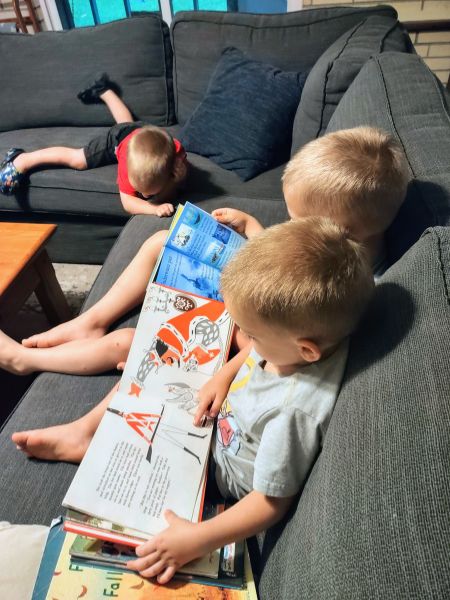
A and B Subjects.
The A Subjects are the ones that we cannot put aside for longer than a week, possibly two. These can also be called the core subjects. During a break they occur less often. Possibly 2-3 times per week instead of 4-5. But I do not want to lose the foundation we have created because they are top priority. These subjects are usually reading, writing, math, piano, and foreign language.
The A subjects are also predictable. My boys know that they will be required to complete these lessons at least twice a week.
The B subjects are only required when we are in the full swing of things and we are completing lessons all through the morning and part of the afternoon. For our family this is usually summer through winter. The typical 36 weeks of curriculum.
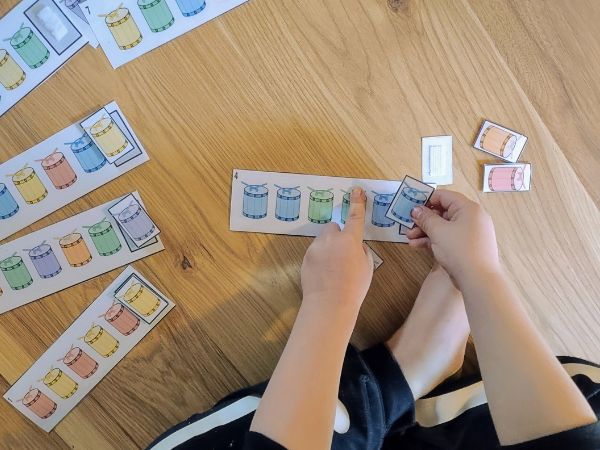
Weather and Seasons
How do the seasons look where you live? We live where summers are miserably hot. We are usually inside enjoying the air conditioning. It makes sense for our family to gather around the table and complete lessons during this time. Part of fall and winter are pleasant but they are nothing compared to spring. Here spring is a perfect time to be outside and exploring nature. Flowers are in bloom and only desirable bugs are about, no mosquitoes yet and few ticks. During this time, we continue our core subjects but forego the additional ones for extra time outside.
Another reason is that certain seasons are better for traveling and hanging out at parks. Summer is when parks are flooded with other families or families are vacationing. We prefer small crowds and so we stay home and seek those adventures when everyone is back in school.
Ultimately, consider that the seasons have already set a beautiful rhythm for you.
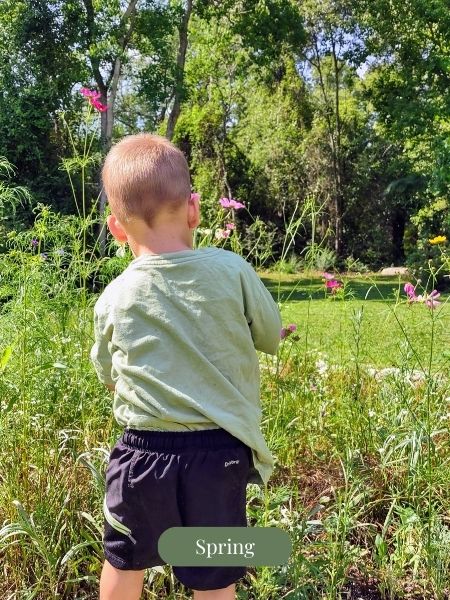
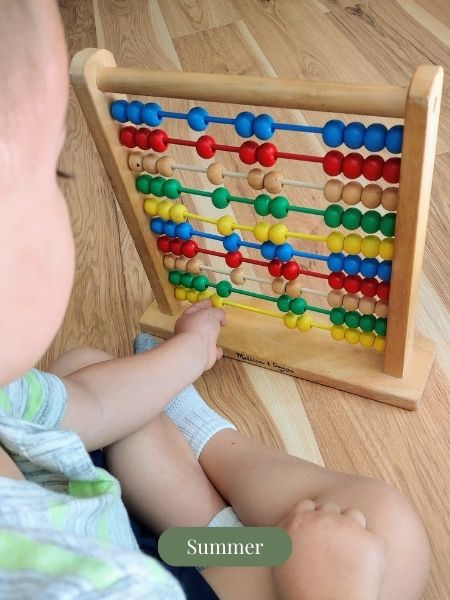
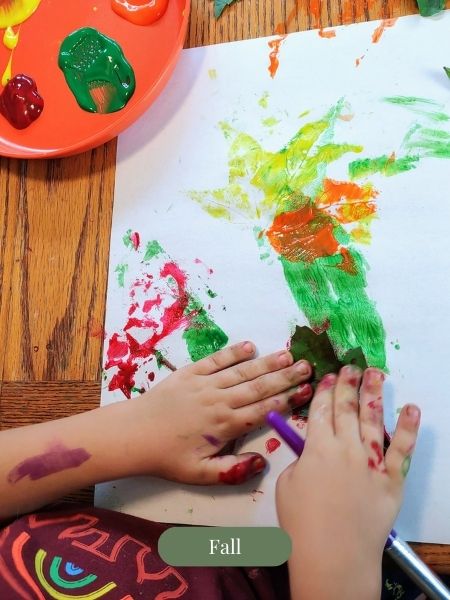
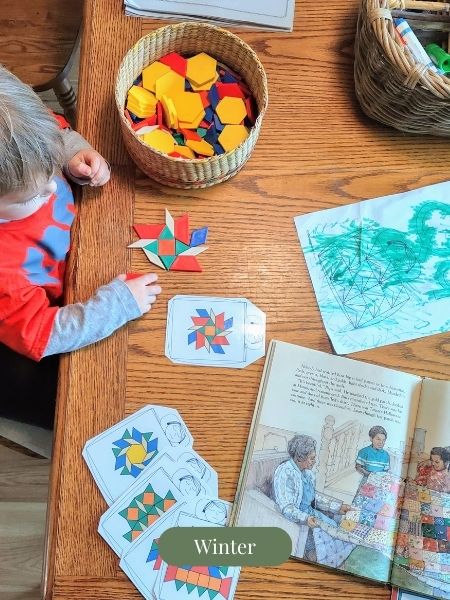
Avoid burnout
With breaks dispersed throughout the year we find rest more frequently and avoid those feelings of frustration. Trying to jam 36 weeks into nine months with home learning is difficult. Life affects lessons a lot more at home. If we do not complete a lesson one day because we ran out of time, for whatever reason, feelings of frustration do not creep up on me. I am grounded in the fact that we have plenty of time to complete it later and will not be behind. I do not know about you, but when I am at peace, burnout is not a problem.
Also, if we do find the zeal for learning has dissipated we can take that random week off from full lessons without worrying about completing curriculums by the end of the year. Again, no frustration for needing time away!
Overall, without a two to three month break, there is more flexibility of when we schedule lessons.

Homeschooling Flexibility
Most of the time the reason we take unscheduled breaks is due to illness, family visits, appointments, or simply that life happens. For instance some homeschoolers also homestead and certain times of the year require extra attention. On our homestead, maybe we are bringing home new chicks or the garden needs to be sown. Again, all spring activities. Another reason, spring is an excellent time to take an extended break but not stop A Subjects. I also want to point out that these are all amazing learning opportunities in themselves and will be recorded as such in the boy’s portfolios.
More reasons that flexibility is important:
- If friends call and want to hang out at the park. We can drop our lessons and join them because we are not on a set break schedule and need to wait until then.
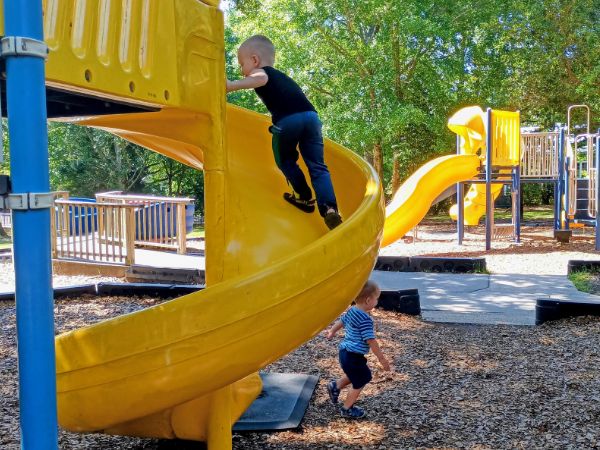
- Taking a break can be helpful before introducing new schedules and expectations. This can occur for a variety of reasons. The most common in our home is that my planning was over ambitious or that my youngest son’s naps have changed and so our schedules must adapt.
- Unit studies due to a child’s interest. If something occurs in life that piques your child’s curiosity, there is time in your homeschool year to take a break from the B Subjects and focus on a specific topic. Depending on the topic we may take off A Subjects as well. However, if the unit study lasts longer than a week we will start A Subjects back again but at a relaxed pace.
How our year currently looks: seasons & breaks.
Holidays and Homeschooling Summer Through Winter
During summer, autumn, and winter we are completing lessons five days a week for most of the day. Holidays or the week of a holiday we take a break. The holidays, Halloween and Thanksgiving are well spaced for taking a few days off. Then Christmas through the New Year we allow for a longer break. We then begin formal lessons (all A and B Subjects) again after the new year and continue those until the weather starts to turn beautiful.
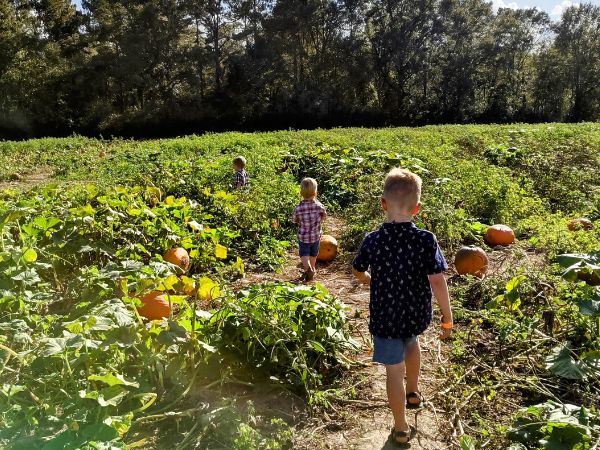
Spring
I allow my kids to decide when the school year ends, whether they know that or not. When I notice that they are outside more I know that we have hit the sweet spring break. Spring here is when we have the most beautiful weather for the longest time and is when I want them to experience the beauty of God’s creation first-hand.
Spring we spend most of our time out of doors. During this longer break I still take time for the boys to study their A Subjects. They usually occur two to three times a week but I cannot fully set those aside.
Mid-May we pick back up in the full swing of things and start a new year homeschooling five days a week. This continues through summer all the way to Halloween. There will inevitably be breaks due to sickness. As well as, an extended week due to family visiting. I do not plan these breaks however and allow them to naturally flow into our schedule.
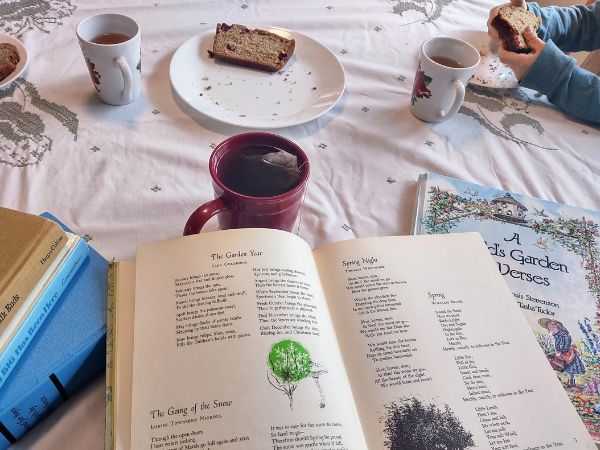
Negatives of homeschooling year round.
Meeting Legal Requirements.
We do not have a required number of hours, days, or weeks we must school and submit in our state. We also do not have to record anything, our state is very simple. You can find your state’s requirements at HSLD. Despite this I keep a portfolio and track our week’s learning. I record anything that is a learning experience whether it is planned or spontaneous. Our planned structured lessons easily meet the normal requirement of 36 weeks.
We officially begin the “new” school year in May, which means I advance the kids to their next year and lessons. For the state though, I still submit the required Letter of Intent in the late summer. Are you unsure what a “Letter of Intent” is? You can find legal verbiage defined at this post, Homeschool Terminology Defined.
Missing that “back to school in the fall” feeling.
“Don’t you love New York in the fall? It makes me want to buy school supplies. I would send you a bouquet of newly sharpened pencils…” ~Tom Hanks in You’ve Got Mail
I love all the fall feels, including the overall vibe of being back to school. To make up for this, we do extra fall inspired activities. Including leaf rubbing, leaf stamping, leaf piles, and drinking pumpkin spice tea during Teatime and Manners.
Additionally, I clean out the homeschooling closet and dispose of dried up markers and sharpen all pencils. Including colored pencils!
Lastly, I still take the boys back to school shopping. Since, we are schooling year round we always need new pencils, pens, markers, arts and crafts supplies, paper, and anything else that pops up. I have found that one full season of homeschooling is a perfect amount of time to see what we need refreshed.
Obviously, all the benefits of homeschooling year round outweigh the negatives.
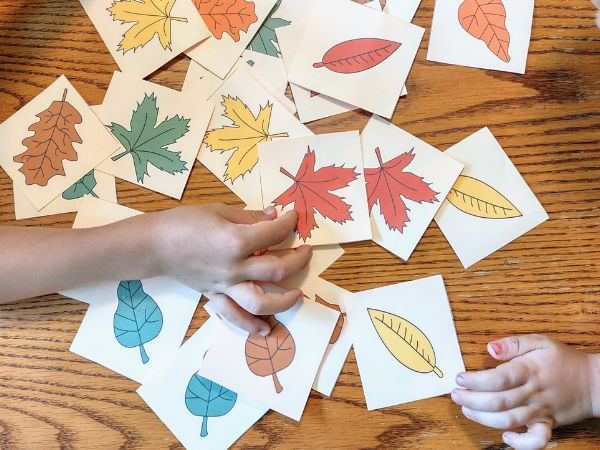
What’s best for your family?
Every family is different and life goes through many changes. How we structure our school year will inevitably change but right now this is what works best for us and will for the foreseeable future.
What is best for my family, isn’t necessarily what’s best for yours. Let me know how your homeschooling year looks in the comments. Are you beginning a new school year right now in June? Or are you flooding the parks with the other families who are on summer break?
If you’re considering beginning your preschooler for year round schooling check out Letter of the Week at Playing for Hours. It is a Letter of the Week curriculum reimagined for all that home learning has to offer. Check it out at the button below!
Recent posts on the homeschool blog.
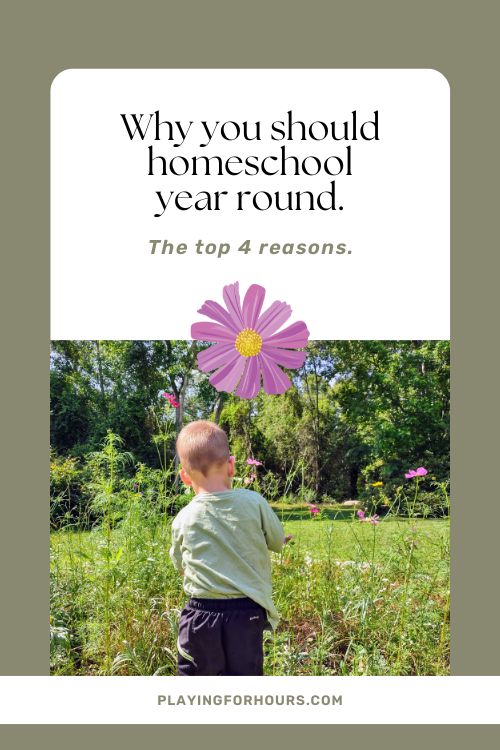

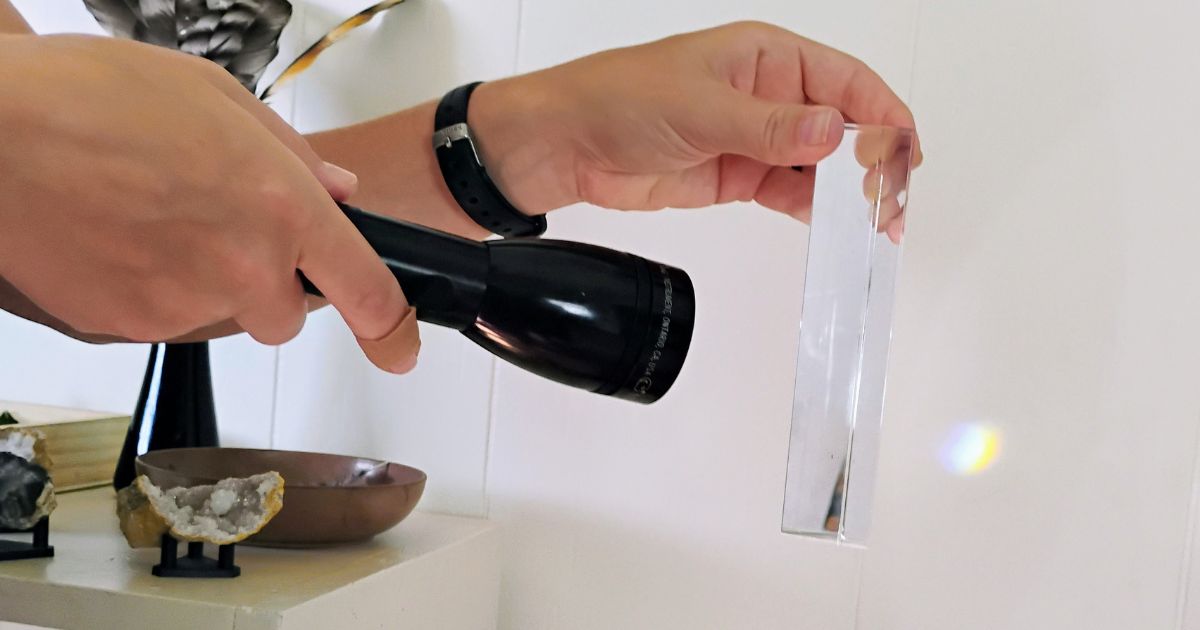
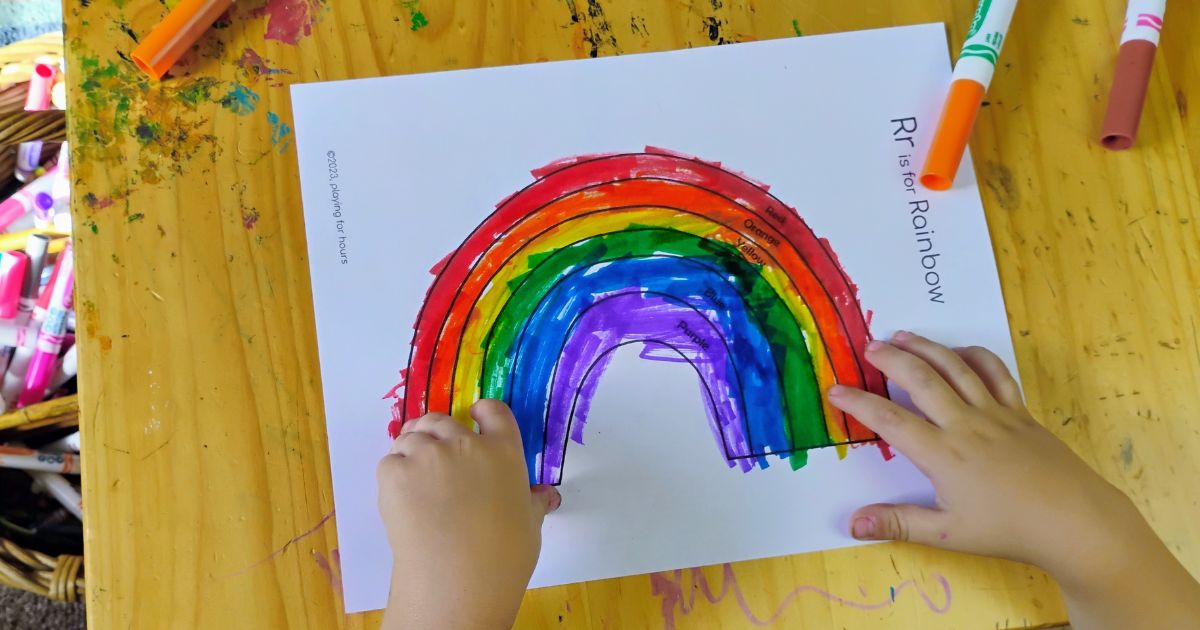
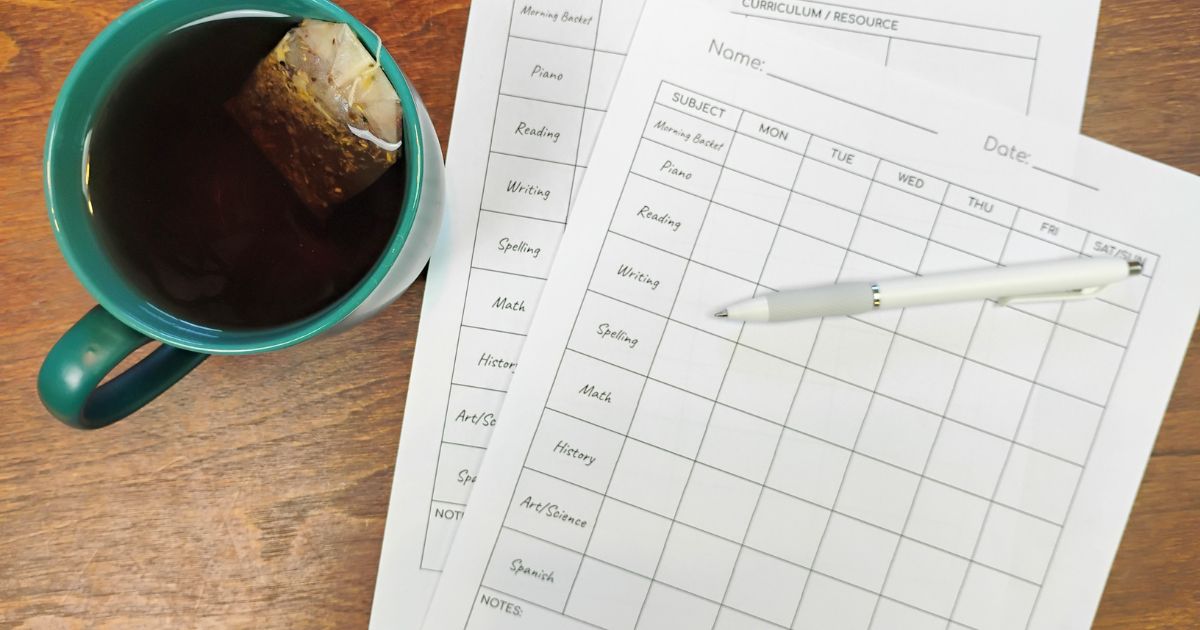
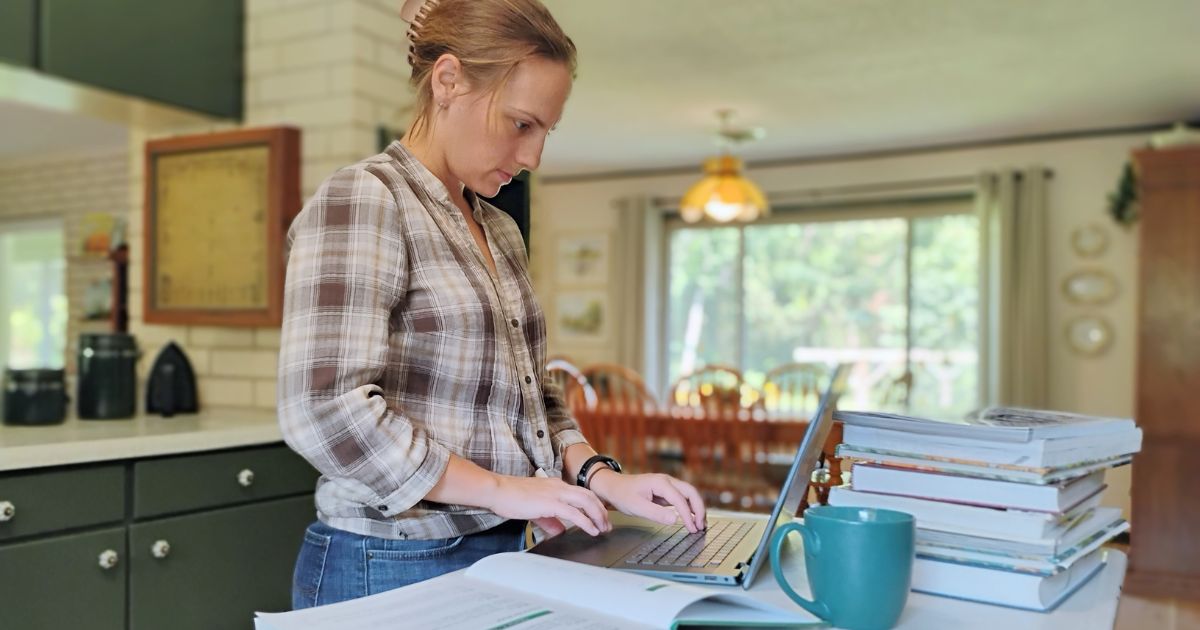

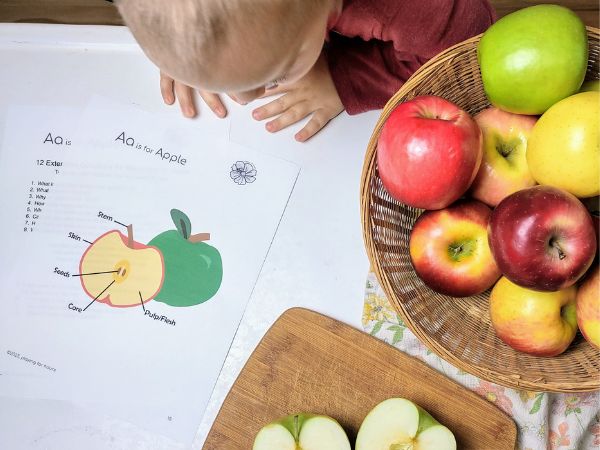
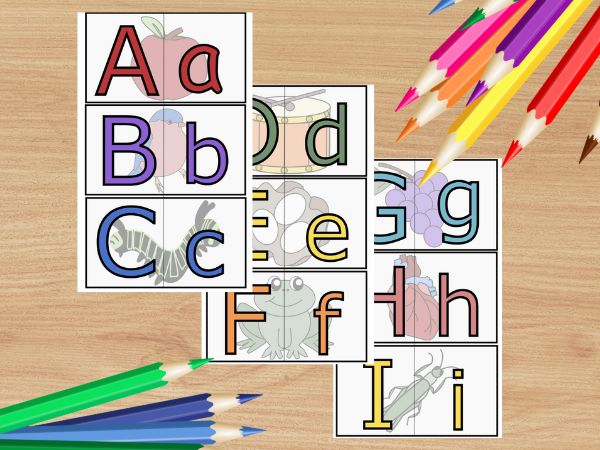

Leave a Reply